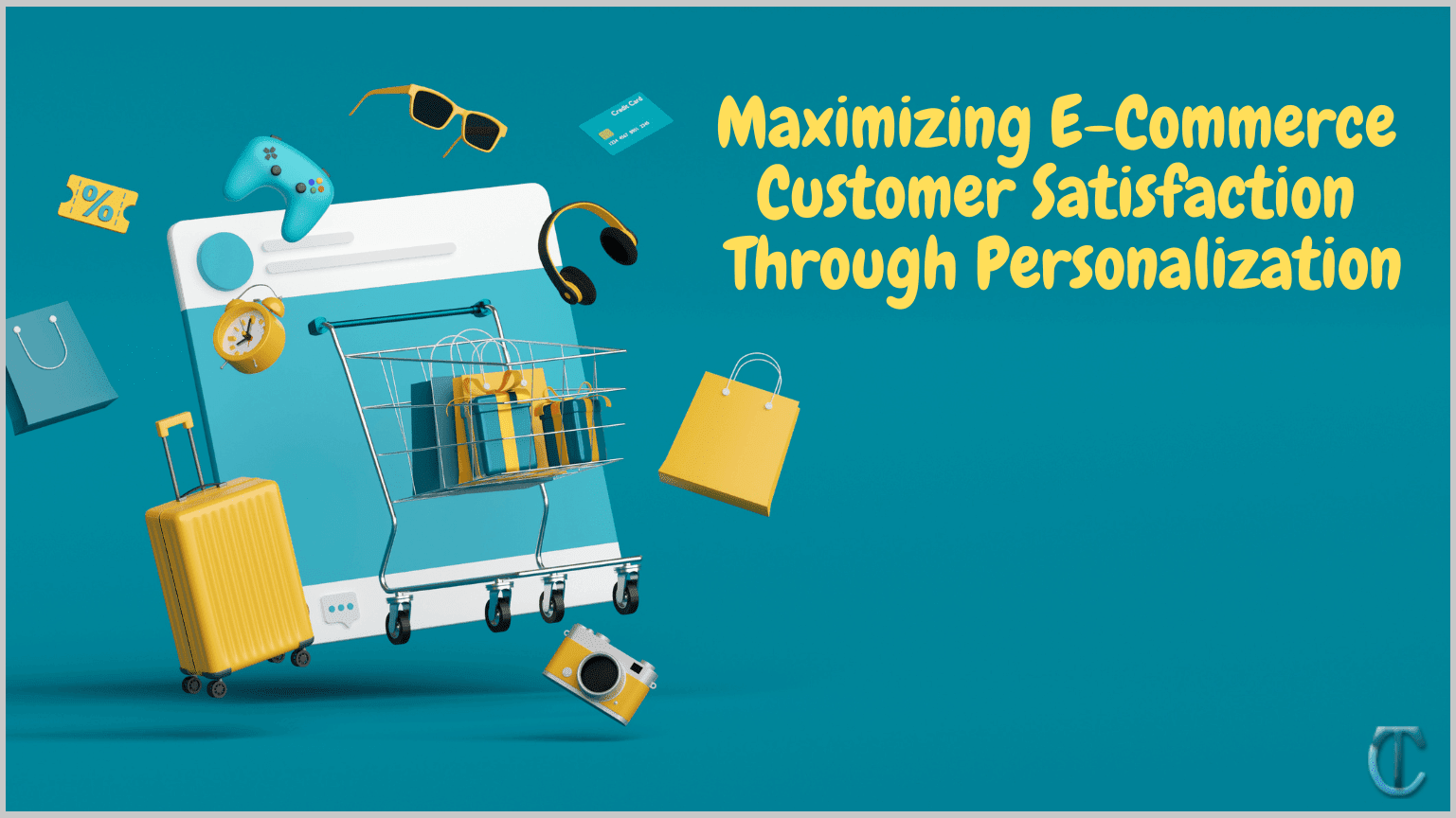Introduction
As an online retailer, you know that customer satisfaction is key to your success. One way to boost satisfaction is through personalization, which involves tailoring your e-commerce experience to individual customers.
In fact, according to data from the U.S. Department of Commerce, e-commerce sales are expected to reach $4.9 trillion by 2023. It is becoming increasingly important for retailers looking to stand out in a crowded market.
By collecting and using data to personalize the customer experience, you can improve satisfaction and increase engagement, loyalty, and revenue. In this article, we'll explore the benefits of personalization and provide tips for maximizing e-commerce customer satisfaction through personalized strategies.
Understanding Personalization in E-Commerce
Personalization in e-commerce refers to tailoring the customer experience based on individual preferences and behaviors. This includes product recommendations, personalized content, and targeted marketing.
Data and analytics are crucial in personalization, allowing retailers to collect information about customer demographics, purchase history, and browsing behavior. By understanding personalization in e-commerce, retailers can create more relevant and engaging experiences that drive satisfaction, loyalty, and revenue.
Collecting Data for Personalization
To effectively personalize the e-commerce experience, retailers must collect and manage customer data. This includes demographic information, browsing behavior, and purchase history.
Fortunately, the advantages of survey research can also be leveraged to gather information about customer preferences, needs, and satisfaction levels. Online survey tools can create and distribute customer surveys, automatically collecting and analyzing responses.
E-commerce companies can collect data through website analytics, social media monitoring, and other digital channels. By collecting and analyzing this data, retailers can understand customer conduct and preferences, allowing them to personalize the e-commerce experience in meaningful ways that drive satisfaction, engagement, and sales.
Implementing Personalization Strategies
Once retailers have collected and analyzed customer data, they can implement personalization strategies. This may involve using data to make product recommendations, tailor marketing messages, or create personalized content.
E-commerce companies can also leverage machine learning algorithms to automate personalization at scale. However, testing and refining personalization strategies to ensure they are practical and relevant to customers is essential. Challenges may arise when implementing personalization, such as privacy concerns or balancing personalization with broader marketing goals.
By implementing personalization strategies effectively, retailers can provide customers with more relevant and engaging experiences that drive satisfaction, loyalty, and revenue.
Measuring and Tracking Personalization Success
Measuring and tracking the success of personalization strategies is crucial to understanding their impact and making improvements over time. E-commerce companies can use a variety of metrics to evaluate personalization success, such as conversion rates, click-through rates, and engagement rates.
These metrics can be tracked using web analytics platforms and CRM systems. It is vital to continuously monitor and analyze personalization metrics to identify trends and areas for improvement. By tracking personalization success, e-commerce companies can optimize their strategies and improve the overall customer experience, increasing satisfaction, loyalty, and revenue.
Bottom Line
Personalization is not just a trend in e-commerce; it's the future. By understanding, collecting, implementing, and tracking personalization strategies, you can create an online shopping experience that delights customers and keeps them returning for more.



Post A Comment:
0 comments: